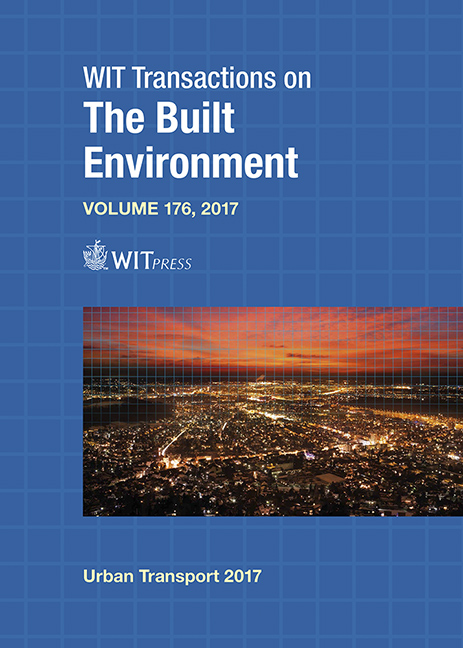A FINNISH ROAD DESIGN COMPETITION BASED ON THE SERVICE LEVEL METHOD
Price
Free (open access)
Transaction
Volume
176
Pages
11
Page Range
375 - 385
Published
2017
Size
325 kb
Paper DOI
10.2495/UT170321
Copyright
WIT Press
Author(s)
MATTI KILJUNEN
Abstract
As a comprehensive approach, the service level concept idea is a method that the Finnish Transport Agency (FTA) has been studying to develop the traffic system design. On an international level, defining and examining the service levels of certain areas, including public transport and congestion, has become routine. However, examining the entire traffic system using the service level concept is a brand new area. Several studies and reports have been commissioned on the service level method but there continues to be a need to bring it closer to the practical design process. As part of the development of transport planning, FTA organised a design competition in 2014–2015. The competition assignment involved the definition of different elements of the service level and related emphases. The competition acted as a “road test” aiming to experiment with the effectiveness of a number of new design theories as well as the new methods for the commissioning/procurement of design. The design subject was the 140 kilometres Turku-Pori section of Highway 8 on the coast of the Baltic Sea. The section is considered to have multiple problems. Based on the results of the competition, it appears that the service level method is a suitable starting point and working approach for transport planning, but certain development needs and shortcomings were also detected. The service level-based design appears to be useful as a procurement procedure used by the public sector. Nevertheless, on the whole, the modes of transport with established definitions for service levels, such as road traffic and public transport, were highlighted. Thus far, no theoretical basis exists for the service level of walking and cycling, which resulted in their more superficial examination. The results of the competition were utilised in further planning of the section.
Keywords
service level method, transport planning, design competition, service level objectives, traffic system design, trip chain, commissioning and procurement methods





